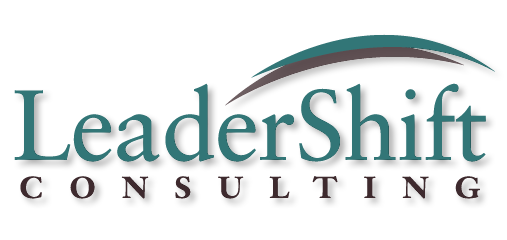I’ve been meaning to write this post for a long time. Thanks to a Swiss store clerk who made a fateful decision about Oprah Winfrey, I’ve decided to write it now.
Recently, Oprah was shopping for purses in Zurich, Switzerland. She was well-dressed and shopping alone. She asked the store clerk to show her a high-end purse which was displayed beyond reach. Obviously not knowing that this was Oprah, the clerk refused the request, apparently because she felt this customer wouldn’t be able to afford the $39,000 bag. Despite Oprah’s repeated requests to see this particular purse, the clerk steered her only toward less expensive options. Oprah finally left the store, taking her business – and her considerable cash – elsewhere.
From all appearances, this is an interesting story about race. But it is a story that is being widely and ably covered in the media. I want to explore a different angle here: the story of ‘grace’ gone awry.
We cannot know this clerk’s heart or the content of her character. So for the sake of this post, I’m choosing to take her at her word. In an interview after the fact, the clerk said that her underlying intent was to spare Oprah from embarrassment. In other words, the clerk had made an independent assessment about Oprah’s CAPACITY (to pay for the purse), and took action to protect Oprah from the (assumed) humiliation from her (assumed) lack of wealth. Yet under the guise of an intent to help, the clerk took actions that inflicted real harm: a personal insult to a very public customer, a significant hit to the store’s reputation and revenue, and a world-wide PR nightmare for the Swiss government.
As this example shows, actions rooted in grace do not always have beneficial consequences, and this clerk is not alone in creating compassionate harm. I see this often among my grace-based coaching clients, in a wide range of situations, not at all limited to race. They make a private assessment of what would be difficult for someone else, and manage ‘down’ to that assessment in an attempt to avoid creating discomfort for the other person.
Here’s how that can go:
“Fred has been working so hard – I can’t bear to give him one more task. I’ll just stay late and do it myself.” Or…
“I decided to give that presentation to Emily, because Susan is so uncomfortable with public speaking.” Or…
“I know that Jim comes in late alot, but he’s got so much stress at home. I think it’s amazing that he gets here at all.”
There is a foundation of ‘grace-ful’ compassion in all these scenarios. To be sure, the ability to see or imagine the world from someone else’s point of view is a lovely and useful one. The problem comes when there’s an absence of accompanying grit, which contributes clarity, objectivity, and the impetus for direct engagement. Without grit to keep our actions grounded in fact and explicit agreement, our empathy can morph into private and pitying conclusions about what someone can or cannot do. It’s downhill from there, as those conclusions drive us to take actions that actually limit the other’s opportunities: to grow…to exceed expectations…to choose his own path…to make a purchase she can easily afford.
This is how an imbalance of ‘grace’ can give rise to its own special brand of disservice, disrespect and disempowerment.
So what’s a grace-ster to do? Here are a few ideas:
1. Become aware of the line between empathy and projection. Balanced empathy creates curiosity on our part – like “Gee, if I were he, I might feel…” Curiosity tends to cause us to engage, to find out what’s really happening. But projection causes us to impose our unverified conclusions on others, often causing us to limit people when we think we’re protecting them. “She’s too shy to make that presentation.” “That would just create too much stress for him.” So ask yourself whether your empathy is opening up curiosity and dialogue, or causing you to draw and impose your own reality about someone onto him or her.
2. Check your intentions behind your kind actions. If you’re like a lot of grace-sters, cowardice often masquerades as kindness. If you’re avoiding a difficult conversation, ask yourself – “Am I avoiding this because it will harm the other person, or because it will be uncomfortable for me?” You may still choose not to confront that person, but at least you’ll be clear about who you’re really trying to protect.
3. Whatever your empathy is picking up about someone, check it out directly with the person before you act. “Susan, you’ve talked often about how nervous presentations make you. My first instinct is to want to minimize your anxiety and steer presentations to other people. I don’t want to stress you out, but I also think you’d benefit from gaining visibility with upper management, and presentations are one of the best ways to do that. Given your career goals, what’s your sense of the right way to go?”
I’d love to hear your comments, questions and reactions.
